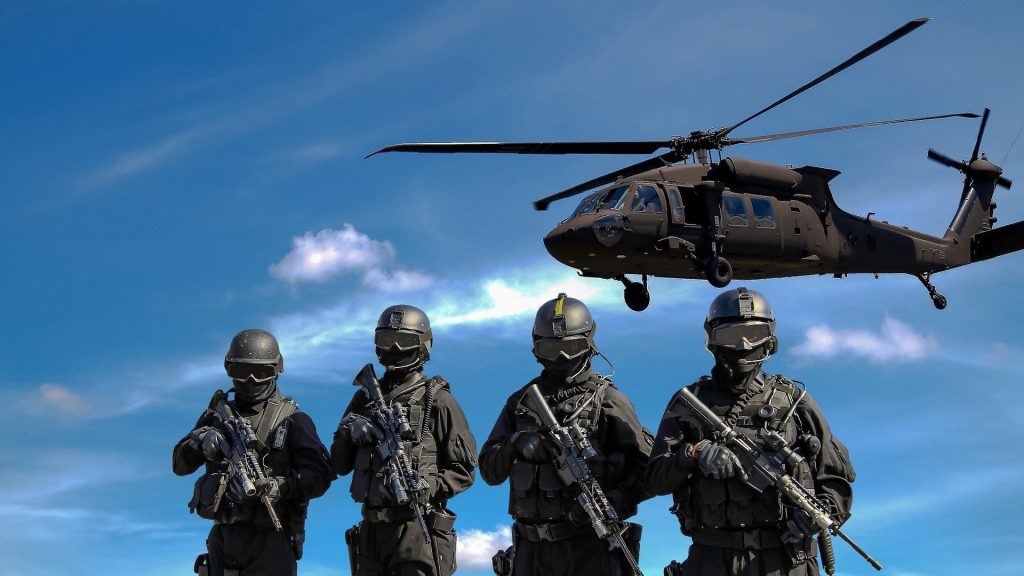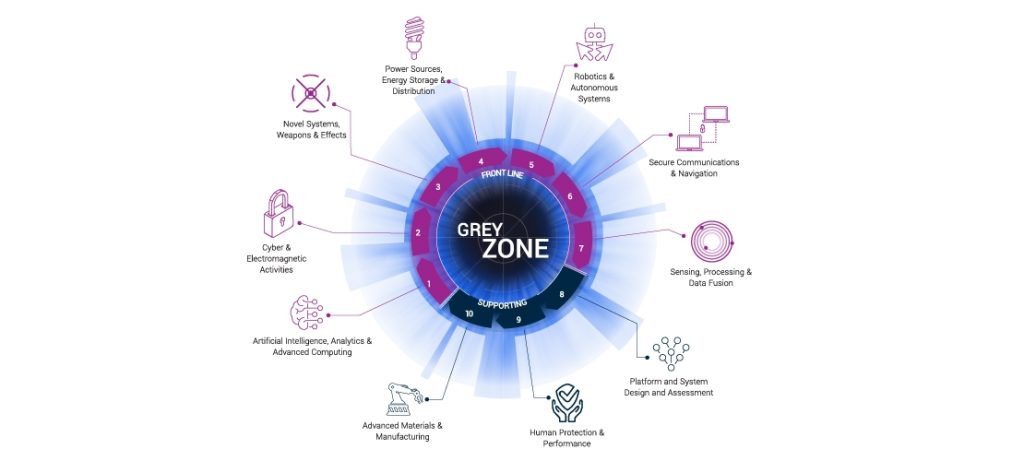
Military and security strategists see the conflicts of the future taking place in the “grey zone”, a space between peace and war.
This is a world of sub-threshold conflicts, deniable actors, and hybrid warfare.
But the grey zone is not clear cut. It blends armed force, including by non-state actors and proxies, with the political, social and economic levers of power. These tools include disinformation, social media manipulation, emerging technologies and cyber threats.

In fact, cyber is in some ways the ideal tool for the grey zone: flexible, low cost and hard to attribute.
But as a result, grey zone threats are equally relevant to businesses as it is to military and government organisations.
Security and defence company QinetiQ recently authored a report, Confidence in Chaos, which breaks down these threats. Security Insights’ editor Stephen Pritchard invited QinetiQ’s Mike Sewart to discuss the report’s findings.




